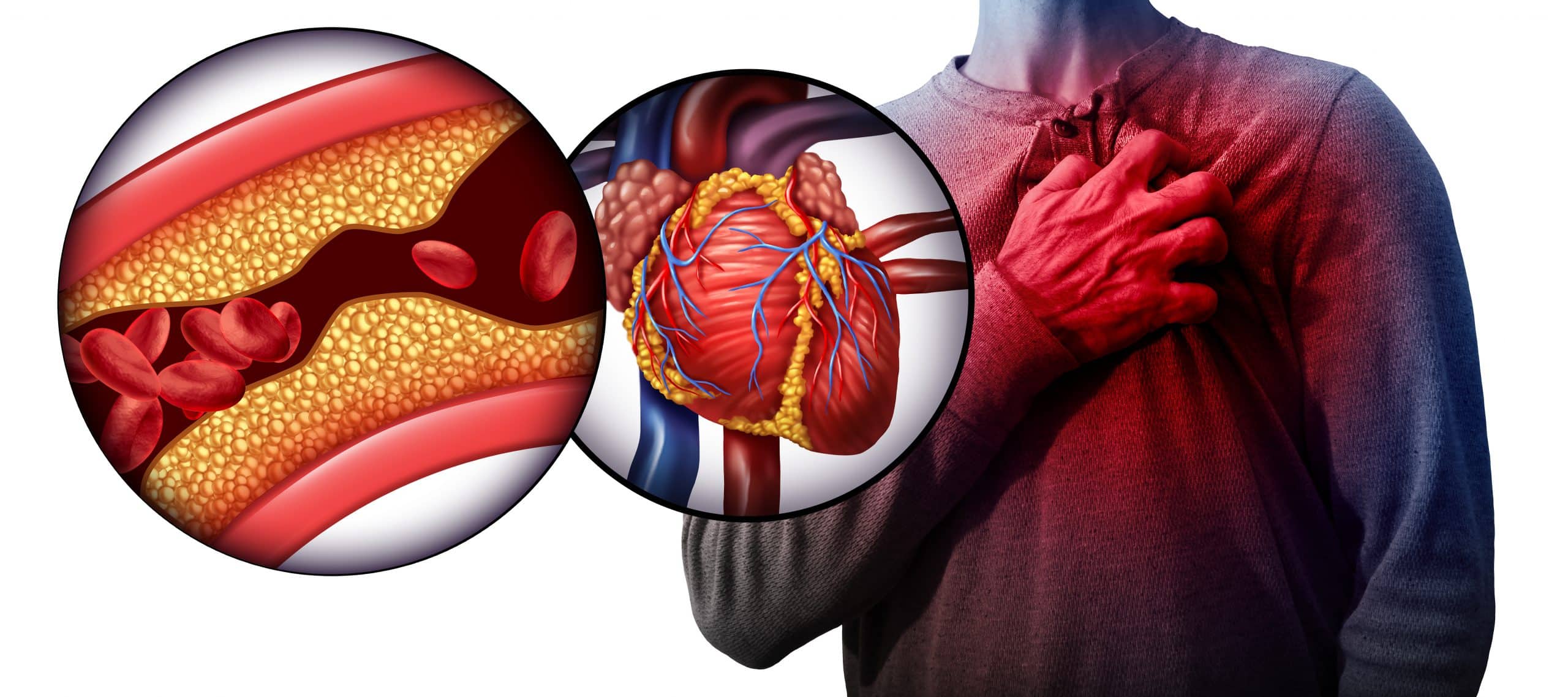A stroke is the number five cause of death and disability in the U.S. A stroke can happen to anyone at any time, which means knowing how to spot a stroke early can prevent long term disability or even save a life.
In honor of National Stroke Awareness Month in May, people are gathering together to discuss the latest advancements in brain health and to raise awareness for stroke warning signs and prevention tips. Here is what you need to know about strokes and how to spot them in time.
What is a Stroke?
A stroke occurs when the arteries in and around the brain either become blocked or rupture due to a clot. This blockage can prevent the brain from getting the blood and oxygen it needs, which causes brain cells to start to die. If treated quickly, doctors can help minimize the long-term effects created by the blockage. This means that stroke symptoms must be treated with a sense of urgency.
Different Types of Stroke
There are two types of strokes: Ischemic stroke and hemorrhagic stroke. While both forms of stroke are cause for medical attention, they require different types of treatment.
Ischemic Stroke
An ischemic stroke is the most common form of stroke, accounting for 87 percent of all strokes. This type occurs when a clot causes a blockage in a brain vessel. Treatment for an ischemic stroke focuses on removing or breaking up the clot.
Hemorrhagic Stroke
When a stroke is caused by a ruptured blood vessel in the brain, it is classified as a hemorrhagic stroke. This form of stroke is less common and is treated by stopping the bleeding.
5 Signs of a Stroke
it is important to know the warning signs involved with a stroke, so you can seek medical attention for yourself or a loved one. Symptoms associated with a stroke are often times simply the side effect of a less serious issue, such as a dehydration or medication. However, if you experience the following signs altogether, it may in fact be a stroke.
- Numbness: Sudden numbness, weakness or paralysis in the face, leg, or arm can occur. Typically, it will only be on one side of the body, and it can happen on the left or right.
- Vision Problems: If the stroke occurs on the right side of the brain, it may suddenly become difficult to see out of one or both eyes.
- Language Confusion: If the stroke occurs on the left side of the brain, it can make it difficult to speak or understand others.
- Severe Headache: Headaches can happen for many reasons, but if you experience a severe headache with no explainable cause, it could be a stroke.
- Dizziness: Dizzy spells, a loss of balance, and trouble walking can all be signs of a stroke.
Are there Treatment Options for a Stroke?
The long-term effects of a stroke can vary depending on where the clot is located in the brain along with the severity if the blockage. The treatment options vary depending on whether the stroke was ischemic or hemorrhagic. Unfortunately, after a person suffers a stroke, the risk of suffering a second one goes up dramatically.
Strokes may be scary, but the good news is that 80 percent are preventable with the right treatment. Find out more about preventing future strokes with CVG today.




